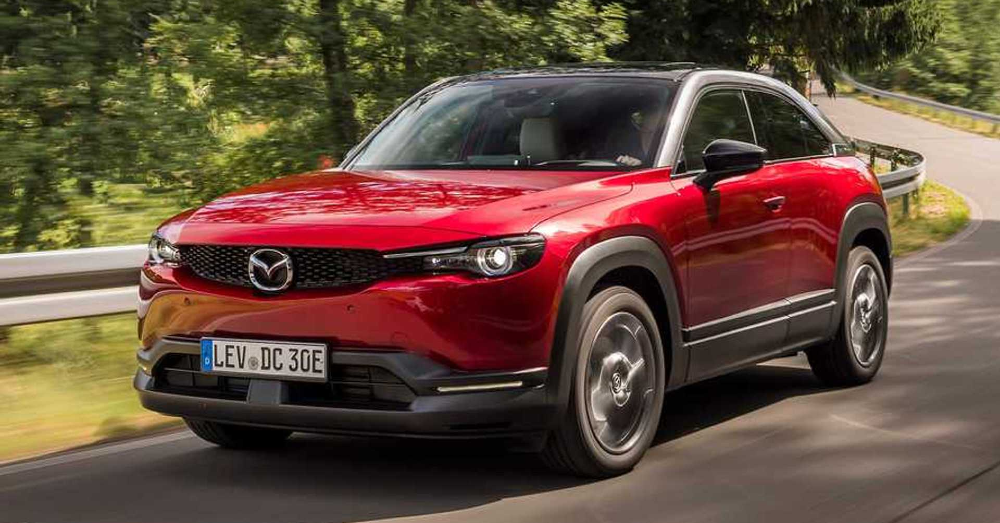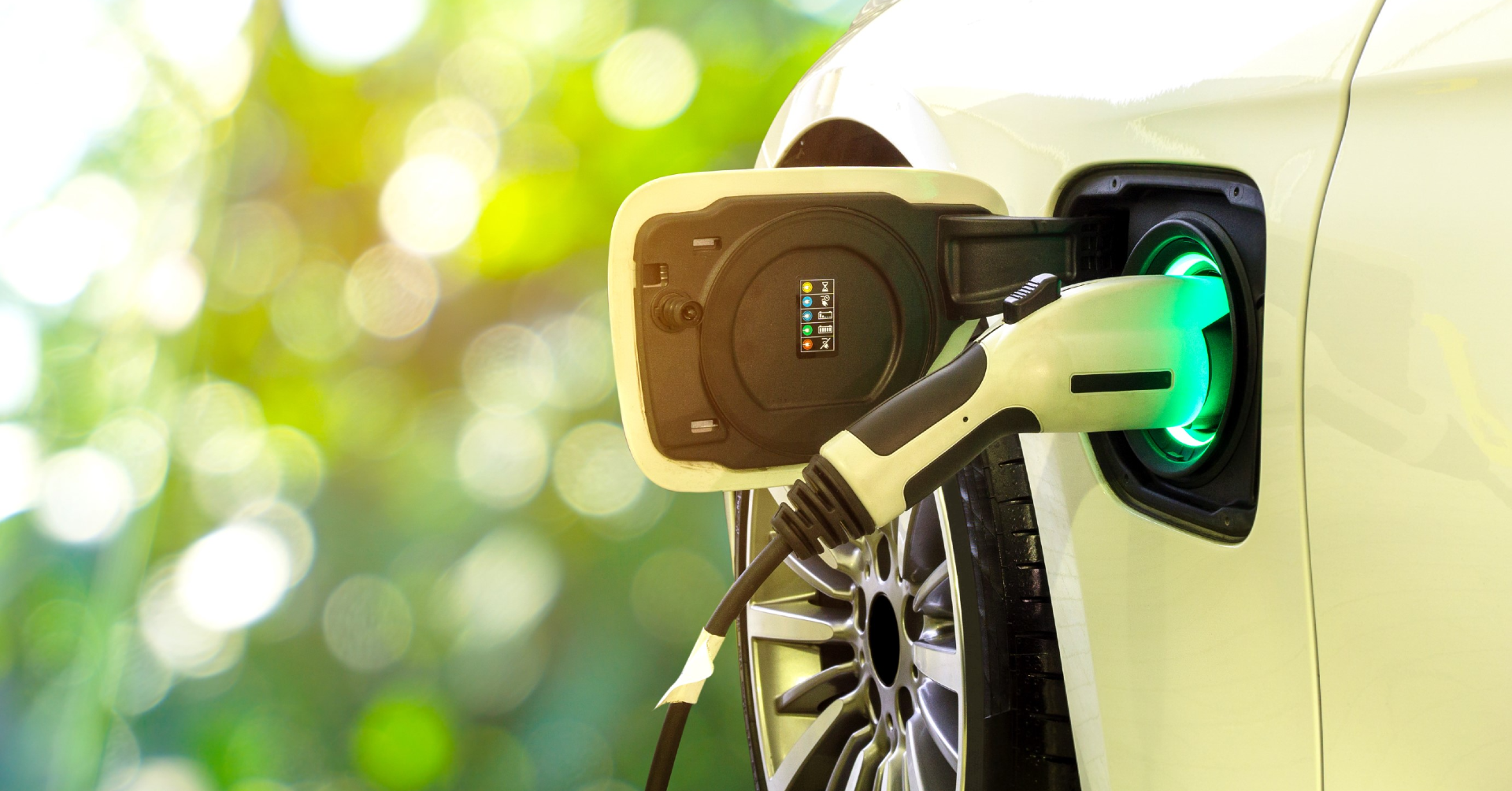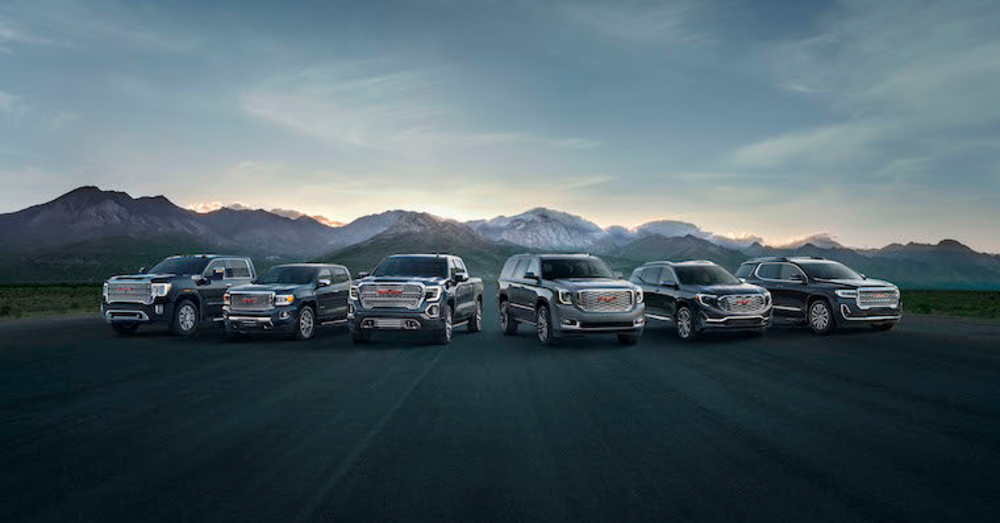
Mazda MX-30: An Electric Vehicle Experiment or a Failure?
When all is said and done, the Mazda MX-30 will be remembered as either the perfect experiment or a complete failure by Mazda.
The first electric vehicle from Mazda is being deleted after the 2023 model year. This shouldn’t come as too much of a surprise. When other automakers zig, Mazda tends to zag. The MX-30 showed up and immediately failed. This is likely due to the paltry driving range of only 100 miles on a full charge. While other EVs offer more than 250 miles of driving range, Mazda was stuck in the past with this small SUV coming in with almost no useful driving range.
What Will Mazda Offer?
Instead of diving deeper into the electric vehicle world, Mazda will focus on plug-in hybrid SUVs meant to replace some of the current gas-powered models in the lineup. The new 2024 Mazda CX-90 PHEV hits the market this fall and will be followed by other names that are relatively new, which should also include hybrid and plug-in hybrid driving systems. As Mazda works toward new hybrid technology for the brand, other automakers continue to increase driving range, research solid-state batteries, and work toward model lineups with nothing but EVs offered.
Were Low Sales Figures Part of the Plan?
Mazda must have known the MX-30 would be nothing more than a small experiment. This tiny electric crossover was only sold in California and was on sale for three years, including 2023. The sales figures are small, with only 181 sold in 2021, 324 sold in 2022, and 66 sold thus far this year through June. As strange as it might sound, the entire MX-30 production run was sold out in 2022, which signals this SUV was nothing more than a small experiment that gave Mazda an idea of where to go next.
Should the MX-30 Be Improved?
Although this small electric Mazda only came with 100 miles of electric driving range, it could have been made much better with more driving range. When compared to the Chevrolet Bolt, the MX-30 was nearly $9,000 more, had less horsepower, and 159 miles less driving range. If Mazda wanted this small SUV to be a success, the company could have benefited from working with GM to utilize the Utilium platform, the same way Honda has done to bring its first EVs to the market. Of course, without a partner, Mazda must take a step back and focus on hybrid models that could be ideal for the Mazda lineup.
Could the MX-30 Come Back to the US With a Rotary Engine?
Mazda is the only automaker to consistently offer and use a rotary engine in its RX series. Rotary engines are notoriously inefficient but extremely small and powerful, making them great for sports cars. Mazda continued to work with these engines to find a way to use them as a range extender in a hybrid vehicle. The Mazda MX-30 R-EV is offered in other markets as a hybrid vehicle with the range extending rotary engine. This model has only 50 miles of pure-electric driving range, but the gas engine ensures this SUV continues to drive. Before this setup could be approved for US roads, we’d need to learn more about its efficiency and emissions to see if it meets the standards.
The Right Partner Could be a Current Name
Mazda and Toyota have partnered together many times before. This pairing could be resurrected with a new run of EVs. Mazda has plans to make two new electric vehicles, but they will need to be much better than the MX-30 to be useful and competitive with other electric vehicles. Toyota recently announced they could have the formula to make solid-state batteries with up to 745 miles of driving range. It’s possible that Mazda might get access to this technology to bring a new MX-30 to the market or add other EV names that could give us more of what we want from this brand.
Does the Current Mazda MX-30 Have Any Redeeming Qualities?
Similar to other Mazda vehicles, this small EV includes impressive style and materials that make it attractive and enjoyable, despite the lack of driving range. We’ve come to expect premium style and materials in every Mazda, which has put this brand up near the top of the mainstream market.
What are the future Mazda EVs going to offer? Will the PHEV SUVs make up for the lack of EVs in the Mazda lineup? Will the Mazda MX-30 live on as a failed experiment or become one of the new EVs that makes more sense in the current market?
This post may contain affiliate links. Meaning a commission is given should you decide to make a purchase through these links, at no cost to you. All products shown are researched and tested to give an accurate review for you.



